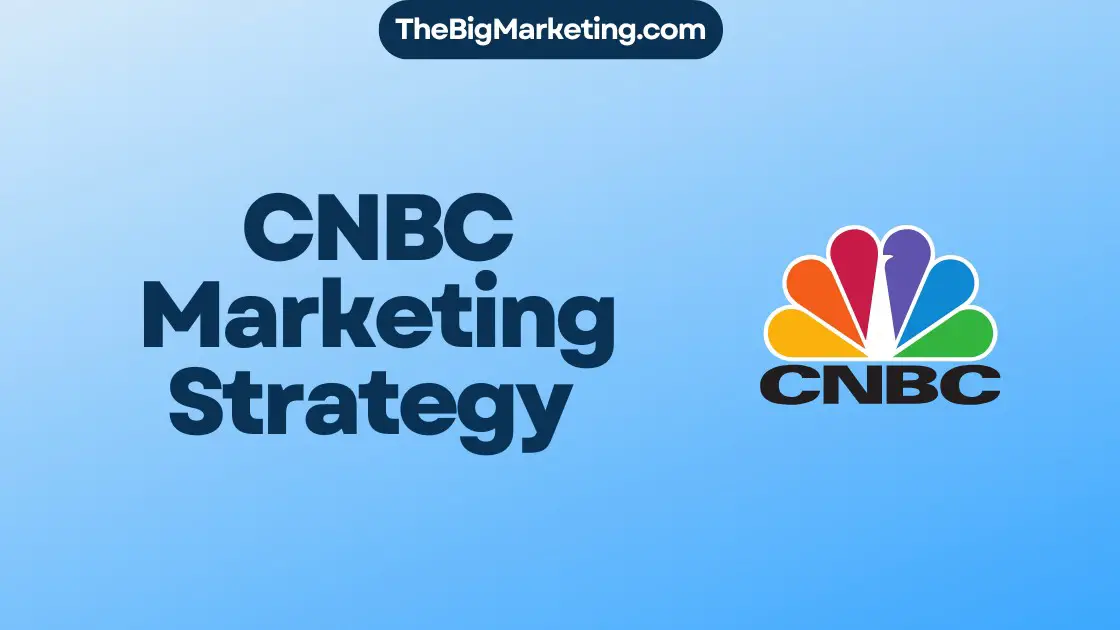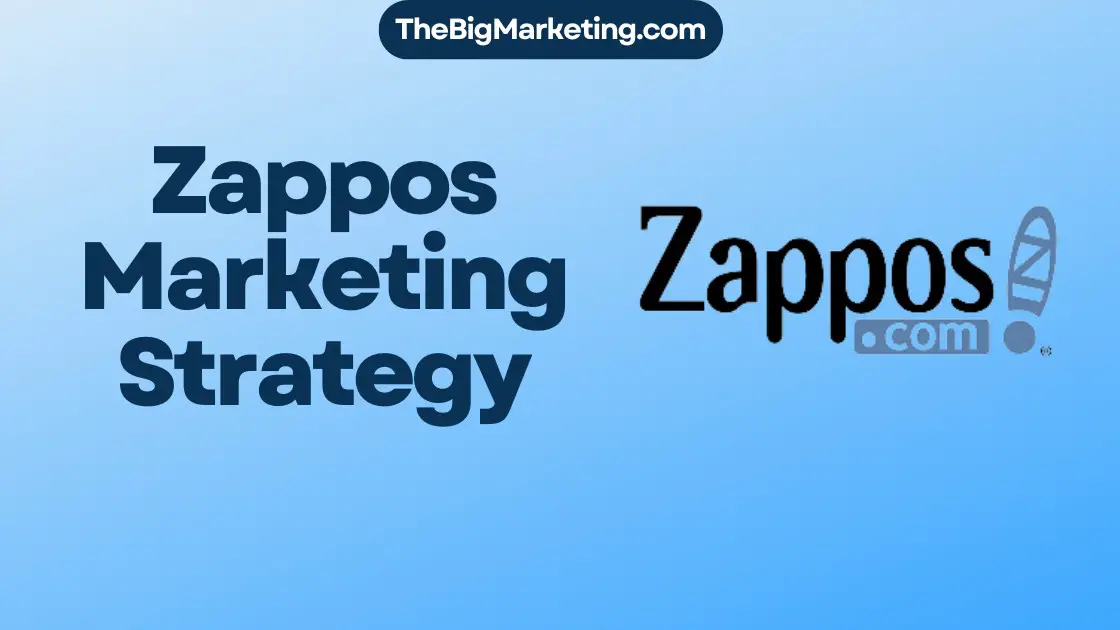A marketing portfolio is an essential tool for marketers to showcase their skills, experience, and accomplishments. It is a curated collection of work samples that demonstrates their expertise in the field of marketing.
Whether you’re searching for a new job, looking to attract clients, or aiming to demonstrate your value to potential employers, a marketing portfolio plays a crucial role in showcasing your capabilities. It allows you to present tangible evidence of your past successes and provides a glimpse into the creative and strategic thinking that drives your marketing efforts.
Building a strong marketing portfolio involves carefully selecting work samples that highlight your most impactful projects and achievements. It should include a variety of marketing materials, such as campaign strategies, content creation, social media management, branding exercises, and any other relevant examples that demonstrate your skills.
Furthermore, a marketing portfolio should include a short bio that provides a concise overview of your professional background, contact information for potential employers or clients to reach out to you, a resume outlining your qualifications, testimonials from satisfied clients or employers, and any awards or recognitions you have received.
By investing time and effort into building and maintaining a comprehensive marketing portfolio, you can position yourself as a top candidate in the competitive marketing landscape.
Key Takeaways:
- A marketing portfolio is a collection of work samples that showcases a marketer’s skills, experience, and accomplishments.
- It is essential for job applications, client attraction, and demonstrating expertise in the field.
- A marketing portfolio should include work samples, a short bio, contact information, resume, testimonials, awards and recognitions, and a cover page and table of contents.
- Building a marketing portfolio is crucial for showcasing value, skills, and expertise to potential employers or clients.
- Selecting the most impactful work samples and highlighting achievements is key to creating a strong marketing portfolio.
What Is a Marketing Portfolio and Why Do You Need One?
A marketing portfolio serves as a powerful tool for marketers to showcase their skills and expertise. It is a website or web page that displays the best work of a marketer, providing a glimpse into their professional background and presenting compelling case studies that demonstrate their marketing abilities.
Having a marketing portfolio is crucial for several reasons. Firstly, it allows marketers to stand out in a competitive industry. With an impressive portfolio, you can differentiate yourself from other professionals and make a lasting impression on potential employers or clients. Secondly, a marketing portfolio serves as tangible proof of your capabilities, offering concrete examples of successful projects and campaigns.
In today’s digital age, a marketing portfolio is particularly essential for individuals working in or aspiring to work in digital marketing. Employers and clients often search for digital marketers online before making hiring decisions, and a well-curated portfolio can greatly increase your chances of being noticed and chosen for opportunities.
Benefits of Having a Marketing Portfolio:
- Stands out among competitors
- Impresses potential employers or clients
- Shows concrete examples of successful projects
- Demonstrates expertise and skills
- Enhances online visibility and discoverability
Overall, a marketing portfolio is a valuable asset that allows marketers to showcase their abilities, highlight their achievements, and secure new opportunities in the dynamic field of marketing.
Now, let’s take a look at what components should be included in your marketing portfolio to make it truly impactful.
What Should Be Included in Your Marketing Portfolio?
A marketing portfolio is a powerful tool for showcasing your skills, expertise, and accomplishments to potential employers or clients. To create a comprehensive and impactful marketing portfolio, it is essential to include the following components:
About Section
Your marketing portfolio should start with an engaging “About” section. This section provides a snapshot of your professional background, credentials, and areas of expertise. It is an excellent opportunity to showcase your personality, creativity, and unique selling points.
Work Samples and Case Studies
The heart of your marketing portfolio lies in the work samples and case studies you showcase. These should highlight your successfully executed marketing projects, campaigns, or strategies. Include a diverse range of work samples that demonstrate your skills in areas such as branding, social media marketing, content creation, SEO, and more. Make sure to provide detailed explanations of your thought process, strategy, and results achieved in each project.
Contact Information
Make it easy for potential employers or clients to get in touch with you by including your contact information. Provide your email address, phone number, and any relevant social media profiles or professional websites. Ensure that this information is easily findable within your marketing portfolio.
Additional Components
In addition to the essential components mentioned above, you may include other elements based on your individual goals and niche. Some examples include:
- A professionally designed resume or CV
- A blog showcasing your industry expertise
- Testimonials from satisfied clients or colleagues
- A services page highlighting the marketing services you offer
- Social media links for visitors to connect with you
By including these additional components, you can provide a well-rounded view of your skills, experience, and professional offerings.
Remember, the goal of your marketing portfolio is to impress and engage potential employers or clients. Ensure that each component is carefully crafted, visually appealing, and effectively communicates your unique value proposition.
How Can You Build a Marketing Portfolio with No Experience?
Even without prior experience, it is still possible to create an impressive marketing portfolio that will grab the attention of potential employers or clients. Here are some strategies you can employ:
1. Use Capstone Projects or Internship Work
If you have completed a digital marketing course or internship, utilize the capstone projects or work you did during these programs as the foundation for your portfolio. These projects demonstrate your practical skills and knowledge in marketing, even if you haven’t had professional experience yet.
2. Take on Volunteer Projects
Volunteering your marketing skills for local nonprofits or associations is a great way to gain real-world experience and include meaningful projects in your portfolio. These projects show your dedication, creativity, and ability to work with different types of organizations.
3. Create Hypothetical Marketing Campaigns
If you don’t have access to real projects or internships, showcase your creativity by developing hypothetical marketing campaigns. This allows you to demonstrate your strategic thinking and problem-solving abilities, providing a glimpse into your potential as a marketer.
Remember to clearly state the nature of the included projects in your portfolio. Whether they are hypothetical campaigns, capstone projects, or volunteer work, transparency is key to presenting an authentic representation of your skills.
Additionally, it’s essential to treat your marketing portfolio website itself as a project that showcases your writing and design skills. Make sure to pay attention to the layout, user experience, and overall presentation to create a professional and visually appealing showcase of your work.
Sample Marketing Portfolio Project Table:
| Project Name | Description | Skills Demonstrated |
|---|---|---|
| Website Redesign | Revamped the user interface and visual design of a client’s website to improve user experience and increase conversions. | UX Design, UI Design, Graphic Design, Web Development |
| Social Media Campaign | Created and managed a social media campaign targeting a specific audience segment, resulting in increased brand awareness and engagement. | Social Media Marketing, Content Creation, Analytics |
| Email Marketing Campaign | Developed an email marketing strategy and executed a campaign that led to a significant increase in click-through rates and conversions. | Email Marketing, Copywriting, A/B Testing, Data Analysis |
By leveraging these strategies and showcasing your skills effectively, you can build a compelling marketing portfolio that demonstrates your potential in the industry, even without prior experience.
Marketing Portfolio Examples
Looking for inspiration for your marketing portfolio? Take a look at these impressive marketing portfolios created by Michael Antolak and Dayana Mayfield. These examples showcase the power of effective design, well-presented case studies, and innovative use of visuals.
Michael Antolak’s Brand Development and Graphic Design Portfolio
Michael Antolak’s marketing portfolio is a masterclass in brand development and graphic design. With a clean and crisp design, each project is showcased with detailed case studies, providing insights into the thought process and methodology behind each branding project. From logo designs to visual identities, Michael’s portfolio demonstrates his ability to create visually compelling and impactful brands.
Dayana Mayfield’s Copywriting Portfolio
Dayana Mayfield’s marketing portfolio is a testament to the power of effective copywriting. With concise and persuasive project descriptions, Dayana’s portfolio showcases her ability to deliver compelling messaging across various marketing channels. From website copy to social media campaigns, her portfolio highlights her skills in crafting engaging and impactful written content.
These marketing portfolio examples serve as inspiration for aspiring marketers, providing a glimpse into the level of professionalism and creativity that can be achieved. By exploring other marketing portfolio examples online, you can gather ideas and insights to create your own unique and impressive portfolio.
How to Create a Marketing Portfolio: A Step-by-Step Guide
Creating a marketing portfolio requires time and hands-on work. By following a step-by-step guide, you can effectively showcase your skills, experience, and accomplishments to potential employers or clients. Here’s how to create a compelling marketing portfolio:
- Choose a Hosting Platform: Start by selecting a hosting platform that suits your needs and goals. Consider options such as WordPress, Wix, Squarespace, or Google Sites. These platforms provide user-friendly templates and customization options to create an appealing portfolio.
- Outline Your Content: Determine the components you want to include in your marketing portfolio. This typically involves creating an “About” section, selecting work samples, and providing contact information. Additional components like a resume, blog, testimonials, services page, or social media links can be added based on your individual goals.
- Create a Compelling Homepage: Design a homepage that captures the attention of visitors and provides an overview of your marketing expertise. Incorporate visually appealing elements and highlight key achievements or unique selling propositions.
- Develop a Strong “About” Page: Craft an engaging “About” page that showcases your professional background, skills, and qualifications. Include a concise bio, emphasizing relevant experience and accomplishments.
- Showcase Your Best Work Samples: Select your most impressive work samples and present them in a visually appealing and organized manner. Provide explanations of the thought process, methodology, and results for each project. Highlight how your work has made a positive impact on clients or employers.
- Make Yourself Easily Contactable: Ensure that your contact information is easily accessible. Include your email address, phone number, and links to professional social media profiles. Making it simple for potential employers or clients to reach out to you can increase your chances of securing projects or job opportunities.
- Choose an Online Platform: Select an online platform that aligns with your needs and goals. Consider factors such as ease of use, customization options, and pricing. Evaluate the platform’s features, such as search engine optimization (SEO) capabilities, analytics, and integration with other tools.
Example Marketing Portfolio
Creating a visually appealing and informative marketing portfolio can be a game-changer in your career. Take inspiration from the example below:
| Component | Description |
|---|---|
| About | A brief introduction highlighting your experience, skills, and qualifications. |
| Work Samples | A showcase of selected projects, including descriptions and results achieved. |
| Contact Information | Email, phone number, and links to professional social media profiles. |
| Resume | A summary of your professional background and qualifications. |
| Testimonials | Positive feedback from clients or colleagues, highlighting your skills and achievements. |
| Services | A list of the marketing services you offer, showcasing your expertise. |
| Social Media Links | Links to your professional social media profiles, demonstrating your online presence and engagement. |
By following the step-by-step guide and implementing best practices, you can create a successful marketing portfolio that effectively represents your skills, experience, and accomplishments. Remember to regularly update and refine your portfolio to reflect your latest work and achievements.
Tools to Create an Online Marketing Portfolio
When it comes to creating an online marketing portfolio, there are several tools available that can help you showcase your work and stand out from the competition. Let’s explore some of these tools:
LinkedIn is a powerful professional networking platform that also serves as an excellent tool for building your marketing portfolio. You can create a professional profile showcasing your skills, experience, and accomplishments. Additionally, LinkedIn allows you to publish articles and share your work samples with your connections, receiving valuable feedback and exposure.
Acadium
Acadium is a free platform designed to connect aspiring marketers with experienced professionals. It offers a great opportunity to build your marketing portfolio by working on real projects for real clients. With Acadium, you can showcase your completed projects and receive valuable feedback from mentors and clients.
WordPress, Wix, Squarespace, and Google Sites
These website builders provide you with the tools to create a customized online marketing portfolio that suits your unique style and requirements. With drag-and-drop functionality and user-friendly interfaces, these platforms allow you to showcase your work samples, create engaging content, and establish your personal brand.
Mural
Mural is a premium online portfolio platform tailored for creative professionals, including marketers. It offers an array of advanced features such as analytics, customization options, and a seamless user experience. Mural allows you to create visually stunning portfolios that captivate potential employers and clients.
These tools provide you with the means to create a professional and captivating online marketing portfolio. Whether you prefer a social media approach with LinkedIn, a project-based platform like Acadium, or the flexibility of website builders and premium portfolio platforms, the choice ultimately depends on your preferences and goals.
How to Create a Marketing Portfolio with No Experience
Creating a marketing portfolio with no experience may seem challenging, but it’s entirely possible to showcase your skills and potential. Here are some effective strategies to help you build an impressive marketing portfolio:
- Include school projects: If you’ve completed any marketing-related projects during your studies, such as marketing campaigns or market research assignments, include them in your portfolio. Highlight your contributions and the skills you developed during these projects.
- Showcase personal projects: Have you worked on any marketing initiatives on your own? Whether it’s managing social media accounts or creating content for a personal blog, these projects demonstrate your passion and commitment to marketing. Share your achievements and the results you achieved.
- Highlight volunteer work: Volunteering for nonprofit organizations or local businesses can provide valuable marketing experience. Include any volunteer work related to marketing campaigns, event planning, or social media management. Describe the projects you worked on and the impact you made.
- Feature pro bono work: If you’ve offered your marketing services for free to friends, family, or small businesses, include these projects in your portfolio. Explain how you helped them achieve their marketing goals and the strategies you implemented.
- Gain experience through internships or apprenticeships: Consider applying for internships or digital marketing apprenticeships to gain hands-on experience. The projects you work on during these opportunities can be great additions to your portfolio. Describe the tasks you undertook, the skills you utilized, and the outcomes you achieved.
- Utilize online platforms: Online platforms like Acadium can provide opportunities to work on real marketing projects and collaborate with businesses. These platforms allow you to build a portfolio while gaining recognition through star ratings and reviews. Highlight your projects and the skills you acquired through these platforms.
By incorporating these strategies, you can create a marketing portfolio that showcases your abilities and potential, even without prior professional experience. Remember to organize your portfolio in a visually appealing and user-friendly manner, making it easy for potential employers or clients to navigate and appreciate your work.
Conclusion
A marketing portfolio is an essential asset for marketing professionals who want to showcase their skills and attract job opportunities or clients. By including work samples, an “About” section, contact information, and other relevant components, individuals can effectively demonstrate their expertise in the field.
Creating a marketing portfolio requires careful planning, content outlining, and design considerations. It is important to choose the right tools and approach that align with individual goals. Even those with no prior experience in marketing can still create an impressive portfolio by including school projects, personal projects, volunteer work, and internships. Utilizing online platforms and tools can also help in gaining recognition and building a strong portfolio.
With a well-designed marketing portfolio, professionals can highlight their potential and expertise, making them stand out among competitors in the job market. Whether aiming to attract clients or apply for new opportunities, a comprehensive marketing portfolio is crucial for showcasing value, skills, and accomplishments to potential employers or clients.





